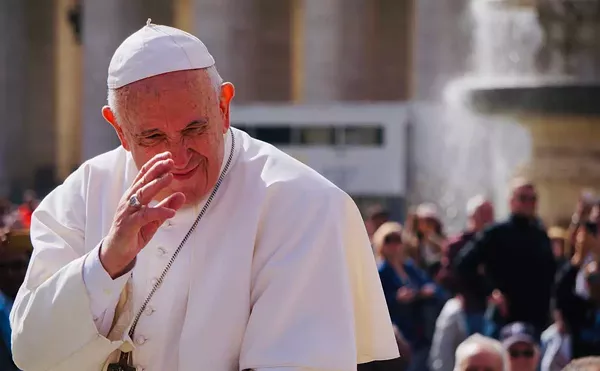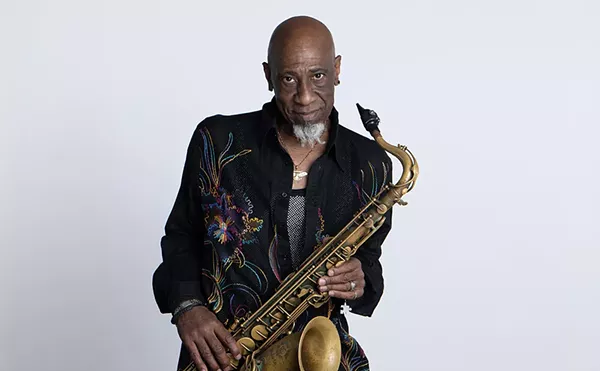
Audio By Carbonatix
[
{
"name": "GPT - Leaderboard - Inline - Content",
"component": "35519556",
"insertPoint": "5th",
"startingPoint": "3",
"requiredCountToDisplay": "3",
"maxInsertions": 100,
"adList": [
{
"adPreset": "LeaderboardInline"
}
]
}
]
Using the same regional approach as Steven Blush's 2001 book of the same title, the cinematic version of American Hardcore is an even more effective document of hardcore music in the United States: from its fiery inception in 1980 — after punk had become a joke and just as Ronald Reagan started his first term — until the parting shots and cynical slough of 1985-86, the end of its first era. It's an entertaining, even nostalgic look back — but in a larger sense, it illustrates the passion that anger can inspire, especially in the idle hands of a kid.
Talking head shots of Yankee hardcore vets like Henry Rollins (Black Flag), Ian MacKaye (Minor Threat), Keith Morris (Circle Jerks) and Paul Hudson (H.R. from Bad Brains) are mixed with distinctive title design and a wealth of archival footage, drawing even the most casual viewer right into Hardcore's sweaty mosh pit. Sure, it's interesting to read about Bad Brains, originators of Washington, D.C., hardcore and mentors to Minor Threat. But it's truly powerful to watch stark footage of these bands performing, and to feel the apathy, searing passion and pure technical speed of classics like "Minor Threat" or "Big Takeover" hitting you in the face. As one grizzled hardcore survivor says of the latter song, "it still makes the hairs on your neck stand straight up." This is where Hardcore succeeds. With vintage footage of basement shows (seriously, who had a video camera back then?), cops beating kids, and youthful versions of the contemporary interviewees sneering at the camera, it really drives home why they were so angry, and how hardcore was born as a reaction to the Reagan, Riunite and Eagles culture that dominated the country in the early 1980s. Harsh cuts, block text drop-ins, and lots of black-and-white graphics strengthen the point, while emulating the cut-and-paste, copy-machine style of the scene's DIY fliers and zines. (However, it's occasionally muddled by surly potshots and overwrought revisionism from those interviewed.)
As director Paul Rachman and writer Steven Blush tour through the hardcore hot spots of Washington, D.C., Los Angeles, San Francisco, Boston and New York City — touching on smaller but no less potent scenes in Detroit and Chicago along the way — they stress that hardcore was a true reaction, a rebellion against the complacency of mainstream society. The subtext, of course, is that modern-day American culture could probably use a similar wakeup boot to the chin.
Even if they're probably right, it's not the thesis of American Hardcore that resonates; instead, it's the very real sense that it was teenagers — kids — who made hardcore happen. They wrote and performed the music, however rudimentary, lightning fast and brutal; they conceived of and created their own artwork and style; they booked and promoted the shows; and they established a nationwide touring network. And kids did all of this with zero money and no acknowledgment from the music industry. Try doing that before the Internet.
Showing exclusively at the Uptown Palladium (250 N. Old Woodward Ave., Birmingham; 248-644-FILM).
Johnny Loftus is the music editor of Metro Times. Send comments to jloftus@metrotimes.com.





